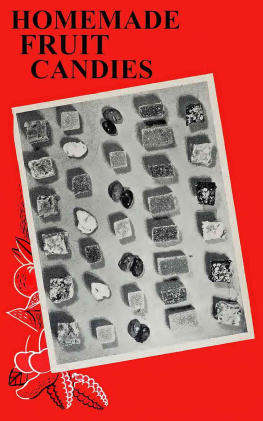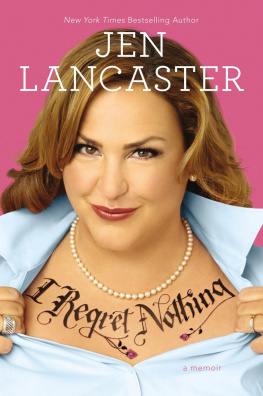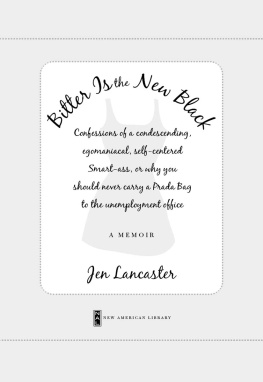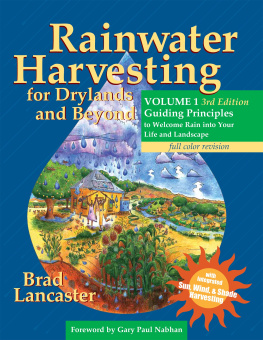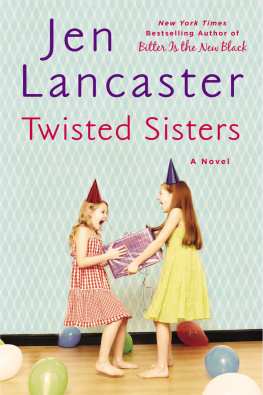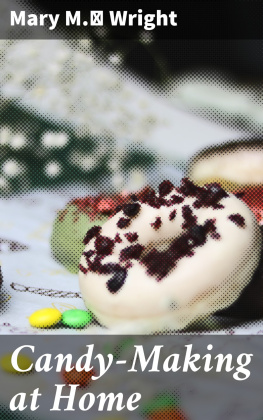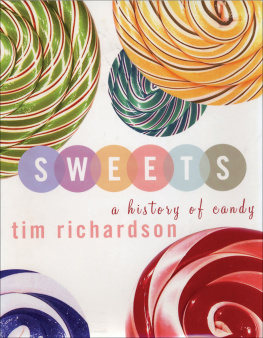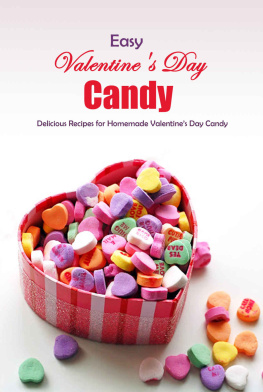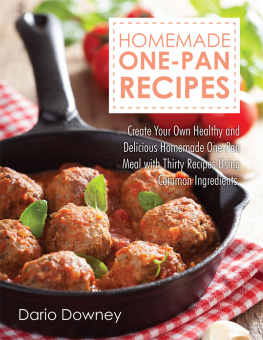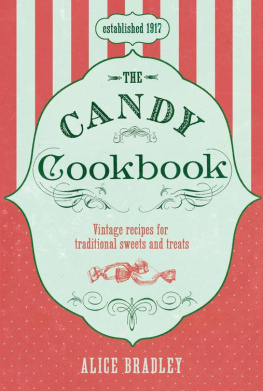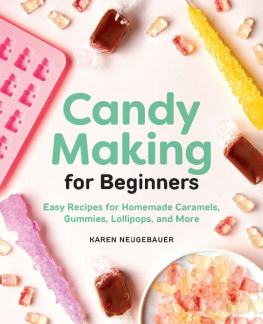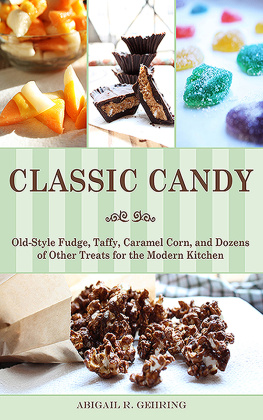Lancaster - HOMEMADE FRUIT CANDIES
Here you can read online Lancaster - HOMEMADE FRUIT CANDIES full text of the book (entire story) in english for free. Download pdf and epub, get meaning, cover and reviews about this ebook. year: 2016, genre: Home and family. Description of the work, (preface) as well as reviews are available. Best literature library LitArk.com created for fans of good reading and offers a wide selection of genres:
Romance novel
Science fiction
Adventure
Detective
Science
History
Home and family
Prose
Art
Politics
Computer
Non-fiction
Religion
Business
Children
Humor
Choose a favorite category and find really read worthwhile books. Enjoy immersion in the world of imagination, feel the emotions of the characters or learn something new for yourself, make an fascinating discovery.
- Book:HOMEMADE FRUIT CANDIES
- Author:
- Genre:
- Year:2016
- Rating:5 / 5
- Favourites:Add to favourites
- Your mark:
- 100
- 1
- 2
- 3
- 4
- 5
HOMEMADE FRUIT CANDIES: summary, description and annotation
We offer to read an annotation, description, summary or preface (depends on what the author of the book "HOMEMADE FRUIT CANDIES" wrote himself). If you haven't found the necessary information about the book — write in the comments, we will try to find it.
HOMEMADE FRUIT CANDIES — read online for free the complete book (whole text) full work
Below is the text of the book, divided by pages. System saving the place of the last page read, allows you to conveniently read the book "HOMEMADE FRUIT CANDIES" online for free, without having to search again every time where you left off. Put a bookmark, and you can go to the page where you finished reading at any time.
Font size:
Interval:
Bookmark:

S hirshario media
HOMEMADE FRUIT CANDIES
Copyright: 2015 Dale Lancaster
ISBN: NO NUMBER YET
The right of Dale Lancaster to be identified as publisher of this Work has been asserted by him in accordance with sections 77 and 78 of the Copyright, Designs and Patents Act 1988.
All rights reserved. No part of this publication may be reproduced, stored in retrieval system, copied in any form or by any means, electronic, mechanical, photocopying, recording or otherwise transmitted without written permission from the publisher. You must not circulate this book in any format.
PUBLISHERS
FOREWORD
A book for those who wish to make their own candy sweets. The recipes are suited both for the home and are also commercially viable. In this book are all the ingredients and recipes for the making and enjoying delicious Candys.
FOREWORD
Practically everyone likes candy, and almost every homemaker occasionally tries her hand at making candy in her own kitchen. Many good candy recipes are available, but few of them include fruit as an ingredient. Yet the addition of fruit to some of the old favourites not only makes them tastier, but also increases their food value.
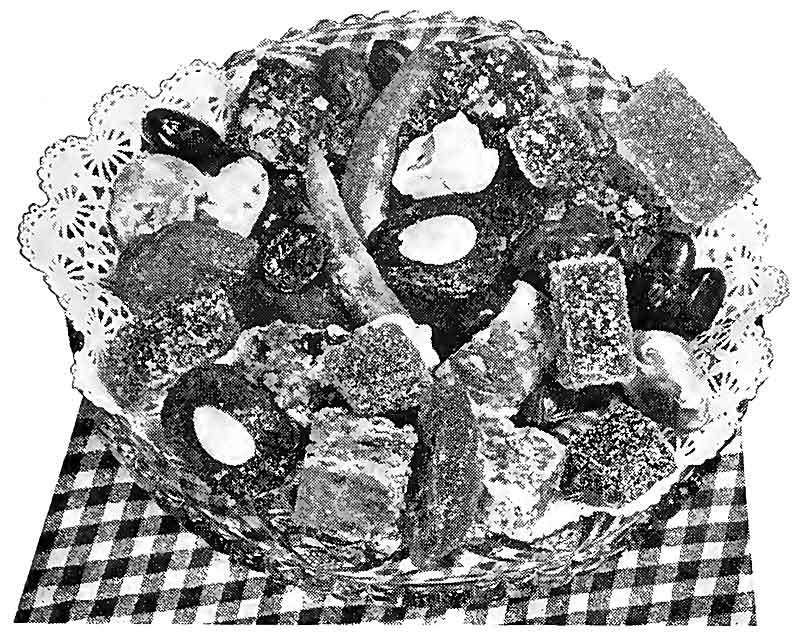
Material in this circular is based on experiments with fruit candies conducted by the University of Californias Division of Food Technology over the past 20 years.
The recipes included are intended for the homemaker who wishes to make only a small amount of candy, but the experienced candymaker should find them adaptable to large-scale, commercial production after making preliminary, small-scale test batches.
LIST OF INGREDIENTS
Casting in cornstarch
Chocolate coating
Coating with fondant
Arctic ice coating
Candied and glaced fruits
Fruit jelly candies
Panoche with dried fruit
Chocolate fudge with fruit
Divinity fudge with fruit
Fondants with fruit
Fruit nougat
Fruit with marshmallow
Fruit brittle
Popcorn and fruit crisp
Uncooked fruit candy
Dried fruit with binders
Fruit bars
Salted almonds
Sugared almonds and walnuts ... .Turron de almendras (Spanish
almond candy)
Almond and walnut powders
Sugared, sliced almonds and walnuts
SUPPLIES YOU NEED
F or making homemade fruit candies you will need these supplies...
Before you begin your candymaking, check over the following list to make sure you have all the necessary tools. Most of the items are probably already in your kitchen.
Candy thermometer. This takes the guesswork out of candymaking and will be one of your most useful tools (fig. 1). It should have a scale ranging from room temperature to 300 F or above. (A chemistry laboratory thermometer with the correct temperature range may also be used.)
NOTE: If you use a dairy thermometer, check it for accuracy. In actively boiling water, it should show a reading of 212 F at or near sea level.
Measuring cup and spoons. Correct measurements are importantyour cup and spoons should be accurate (fig. 2).
Ordinary kitchen spoons and teacups are not reliable for exact measurements. Kitchen scales. Ingredients are sometimes measured by weight rather than by cup. In such cases, kitchen scales are a help (fig. 2).
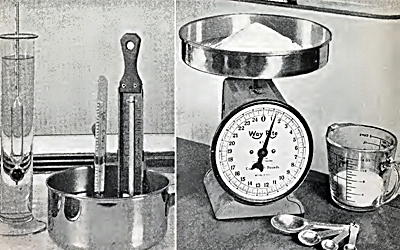
Fig. 1, left: hydrometer and two types of candy thermometers. Fig. 2, right: kitchen scales, measuring cup, and measuring spoons.
Sirup hydrometer. This is used to test the density of sirups for candied fruits (fig. 1). Several types are available. For home use, a Balling or Brix hydrometer reading from 0 to 70 is recommended. Both give the same reading, so that if a sirup tests 50 Balling it will also test 50 Brix, and have the same density as a pure sugar sirup containing 50 per cent cane or beet sugar. You will also need a tall, narrow cylinder 12 to 15 inches high and about 1 inches in diameter, to hold the sirup for making the necessary test with the hydrometer.

Fig. 3. Small-sized food grinder with various knives.
This may be bought at a drugstore or laboratory supply house. Or you may make your own from tin sheet metal or a short piece of water pipe and a block of wood.
Dehydrater. A small drier is desirable for use in candying and glaceing fruit at home. It should hold from 25 to 50 pounds of fruit, and can be made of scrap lumber. A portable kerosene stove may provide the heat. A list of materials, and specifications for making such a dehydrater are given in. (Agricultural Extension Service Leaflet H.D. 21,) Drying of Vegetables and Fruits in the Home.
The leaflet may be obtained from the Public Service Office, College of Agriculture, Berkeley 4, Calif.
Electric mixer. If available, this is a great time and energy saver in stirring or whipping some types of candy after cooking.
Other equipment and supplies. You will also need a small food grinder (fig. 3) with blades for coarse, medium, and fine grinding; saucepans; shallow baking pans; and one or two large cooking spoons.
Supplies most frequently called for are: sugar, powdered sugar, corn sirup, corn starch, fruit pectin, and fruit acid, such as citric. And, of course, whatever fruits you wish to use.
Sugars and sirups. In this circular, whenever a recipe calls for sugar, either cane or beet sugar may be used. Both are sucrose, and are chemically identical. (Another sugar, dextrose, is commonly used by commercial candymakers, but is not normally used by the homemaker.)
Where sirup is called for, any good brand of white corn sirup is satisfactory. (Commercial candymakers use either a highly refined corn sirup that is known as confectioners glucose, or an invert sirup not readily available for home use.)
PROFESSIONAL CANDIES
Your candies will look professional if
you become familiar with the general processes listed below before you choose the specific recipes you wish to use. These processes and terms are used in making several types of candy.
Casting in cornstarch means pouring liquid candy into dry starch molds and allowing it to harden. These molded centers may then be dipped in chocolate or other coating. Here is how it is done: Use any good grade of cornstarch. Be sure it is dry. Put a layer of starch about 1 inch thick into a wooden tray or a shallow pan (fig. 4). Make impressions in the starch in whatever size and shape you want the finished candy to be. (This may be done with a knife handle.) If the starch is thoroughly dry, you will have no trouble making the depressions smooth and uniform. With continued use, the starch becomes moist and must then be dried in a slow oven.
This process is satisfactory for fruit-jelly centers and for marshmallows or thin fondant containing fruit juice or pulp. Fruit centers formed in this manner are drier at the surface and may be dipped more easily than if they are hardened in sheets and then cut into pieces for dipping.
The following procedure may be used for candies that are to be dipped: When candy has been cooked according to the recipe, pour it into the starch molds while it is still hot, and allow it to stand overnight to harden. To separate the pieces from the starch, shake the starch through a colander or coarse sieve. Brush the pieces free of remaining starch and dip them in chocolate (see below) or dust with powdered sugar. Or they may be moistened with water or sirup and coated with granulated sugar.
Font size:
Interval:
Bookmark:
Similar books «HOMEMADE FRUIT CANDIES»
Look at similar books to HOMEMADE FRUIT CANDIES. We have selected literature similar in name and meaning in the hope of providing readers with more options to find new, interesting, not yet read works.
Discussion, reviews of the book HOMEMADE FRUIT CANDIES and just readers' own opinions. Leave your comments, write what you think about the work, its meaning or the main characters. Specify what exactly you liked and what you didn't like, and why you think so.

